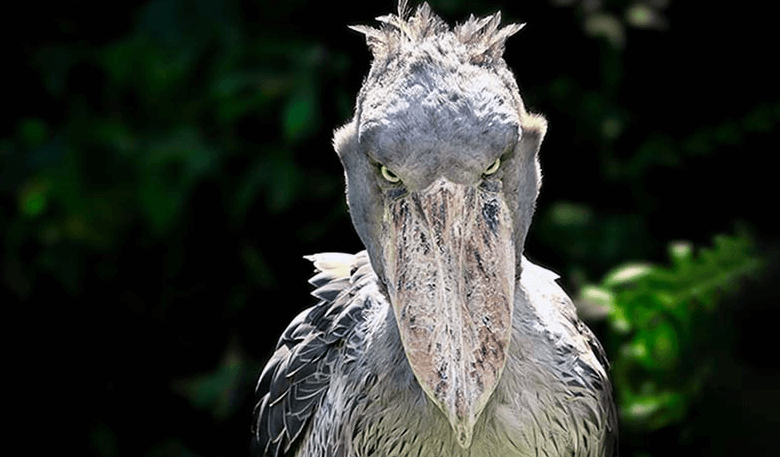Cute:4k5ne5issfg= Shoebill Stork

The Cute:4k5ne5issfg= Shoebill Stork, with its strikingly large bill and endearing demeanor, presents a fascinating case study in avian biology and conservation. Native to the wetlands of central and eastern Africa, this bird not only showcases unique hunting techniques but also highlights the significant ecological challenges it faces. As habitat loss and human activity threaten its existence, understanding the Shoebill’s role in its ecosystem becomes increasingly important. What measures are being taken to ensure its survival, and how do these efforts reflect broader environmental concerns?
Unique Features of the Shoebill
The Shoebill Stork, renowned for its striking appearance, possesses a distinctive, oversized bill that resembles a shoe. This unique feature not only serves as a remarkable adaptation for hunting but also contributes to its unique silhouette in the avian world.
Its beak structure enables effective capture of prey, employing hunting techniques such as stealth and rapid strikes to seize fish and amphibians in their natural habitat.
Habitat and Distribution
Found primarily in the swamps and marshes of central and eastern Africa, the Shoebill Stork thrives in wetlands rich with dense vegetation and shallow waters, where it can effectively hunt for its preferred prey.
Its habitat supports unique breeding behavior, often marked by elaborate displays, while their feeding patterns involve stalking fish and amphibians, showcasing their adaptability in these vibrant ecosystems.
Read Also Cute:3zjigmaciyq= Babys
Conservation Efforts and Challenges
Conservation efforts for the Shoebill Stork focus on habitat protection and restoration, addressing the critical threats posed by wetland degradation and human encroachment.
Effective conservation strategies include creating protected areas, promoting sustainable land use, and engaging local communities in preservation initiatives.
These measures aim to safeguard the unique ecosystems that support the Shoebill, ensuring its survival for future generations.
Conclusion
In summary, the Cute:4k5ne5issfg= Shoebill Stork, with its striking bill and captivating hunting techniques, represents a remarkable example of avian adaptation.
Its presence in Africa’s wetlands highlights the importance of preserving these unique ecosystems.
However, the ongoing threats from habitat destruction and human activities jeopardize the survival of this extraordinary species.
Just as the dinosaurs once roamed the Earth, the Shoebill’s fate now hinges on concerted conservation efforts to ensure its continued existence in a rapidly changing world.




